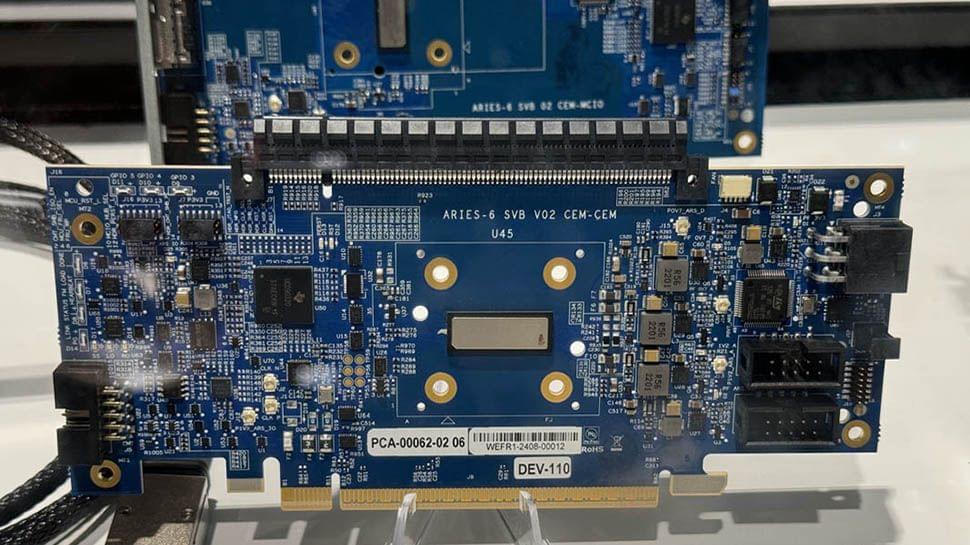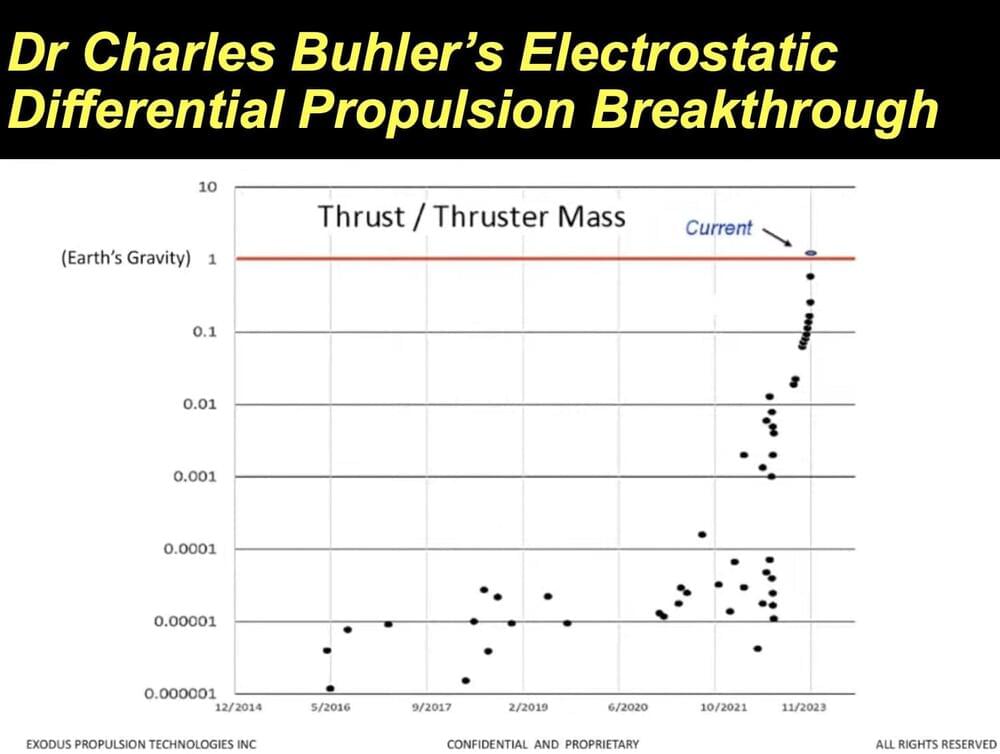But where do they plan to manufacture them?


Experts have been busy working on producing advanced materials for modern electronic devices to meet this escalating demand.
Now, a significant milestone in this endeavor has been achieved by a team of researchers at the Georgia Institute of Technology, who have successfully engineered the world’s first functional semiconductor using graphene.

Do you have a big nose you despise? Or pointy features you find annoying?
Well, blame your mother and her late night pregnancy cravings for chocolate ice cream dusted with Flaming Hot Cheetos.
A new study in Nature Communications suggests that your mother’s diet during pregnancy is a significant factor in how your facial features are shaped due to a complex dance between gene expression and how much protein she ate while you were a fetus swimming inside her tummy — putting a new spin on the phrase “you are what you eat.”

Global IT investments are expected to increase by 8% in 2024 compared to 2023 and amount to $5.06 trillion.
About it says in the latest forecast of the American research and consulting company Gartner, which specializes in IT markets.
The consulting company noted that «classic» enterprises still lag far behind IT companies in terms of spending.



To give AI-focused women academics and others their well-deserved — and overdue — time in the spotlight, TechCrunch has been publishing a series of interviews focused on remarkable women who’ve contributed to the AI revolution. We’re publishing these pieces throughout the year as the AI boom continues, highlighting key work that often goes unrecognized. Read more profiles here.
In the spotlight today: Anna Korhonen is a professor of natural language processing (NLP) at the University of Cambridge. She’s also a senior research fellow at Churchill College, a fellow at the Association for Computational Linguistics, and a fellow at the European Laboratory for Learning and Intelligent Systems.
Korhonen previously served as a fellow at the Alan Turing Institute and she has a PhD in computer science and master’s degrees in both computer science and linguistics. She researches NLP and how to develop, adapt and apply computational techniques to meet the needs of AI. She has a particular interest in responsible and “human-centric” NLP that — in her own words — “draws on the understanding of human cognitive, social and creative intelligence.”
A couple of solar-sector manufacturers have a powerhouse agreement that reaches a unique benchmark. Thanks to a $400 million, three-year deal between Heliene and Suniva, solar panels and cells will be entirely made in the U.S., a unique combination until now.
Electrek reports that to this point, solar cells — the contraption that turns sunlight into electricity — were imported.
“Heliene is proud to embark on this historic partnership with Suniva at a time when the U.S. is poised to capture a greater share of the global solar market by bolstering domestic manufacturing and onshoring of supply,” Heliene CEO Martin Pochtaruk said in a press release.

Dr. Charles Buhler and Exodus Technologies claims that systems with electrostatic pressure differences or electrostatic divergent fields gives systems with a center of mass with non-zero force component (aka generate movement). Buhler is NASA’s subject matter expert on electrostatics. They want to move to demo the system in orbit. These kinds of claims are controversial but the work seems to be thorough. It will only cost about $500k to $1M to create a rideshare mission into orbit to test the system. The mass of an early orbital system would greatly exceed the active materials of the propulsion, which would reduce performance. High performance space propulsion would need to increase the active materials as a percentage of the mass of the craft.
Dr. Charles Buhler discusses an experimental propulsion results based on asymmetrical electrostatic pressure, in a device described in International Patent# WO2020159603A2. The device is described as a system and method for generating a force from a voltage difference applied across at least one electrically conductive surface. The applied voltage difference creates an electric field resulting in an electrostatic pressure force acting on at least one surface of an object. Asymmetries in the resulting electrostatic pressure force vectors result in a net resulting electrostatic pressure force acting on the object. The magnitude of the net resulting electrostatic pressure force is a function of the geometry of the electrically conductive surfaces, the applied voltage, and the dielectric constant of any material present in the gap between electrodes.
Dr. Buhler has experience working with electrostatic discharge & ESD safety for the Space Shuttle Program, the International Space Station Program and the Hubble Space Telescope Program. He was also a Co-Investigator for three NASA Research Announcements funded by the Mars Exploration Program, and is currently working on NASA’s Dust Project focused on utilizing electrostatic methods to remove dust from personnel and equipment that will be sent to the Moon through NASA’s Constellation Program.
A lot of the interesting challenges with renewables are happening behind the scenes.🌌Get Nebula using my link for 40% off an annual subscription: https://go…